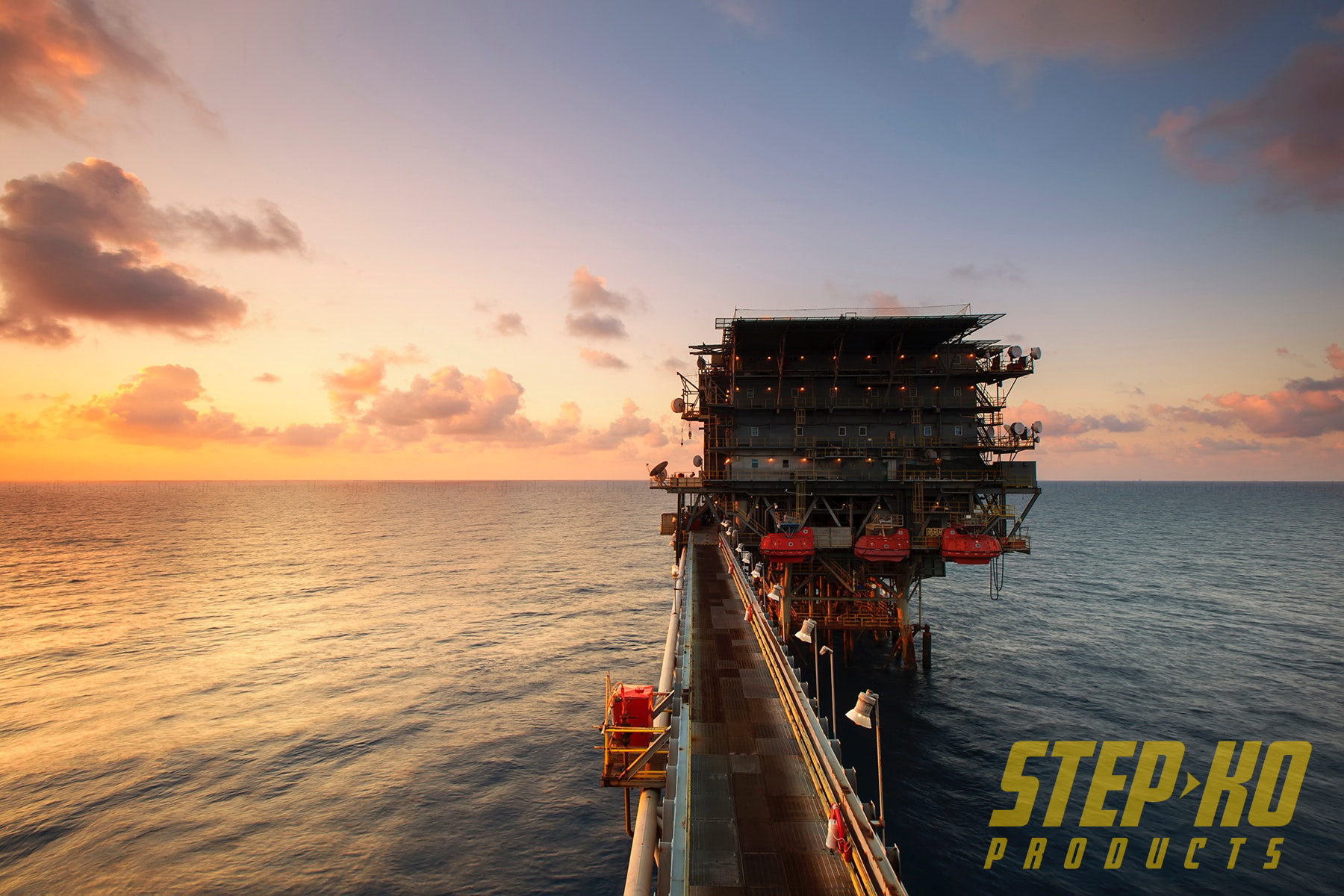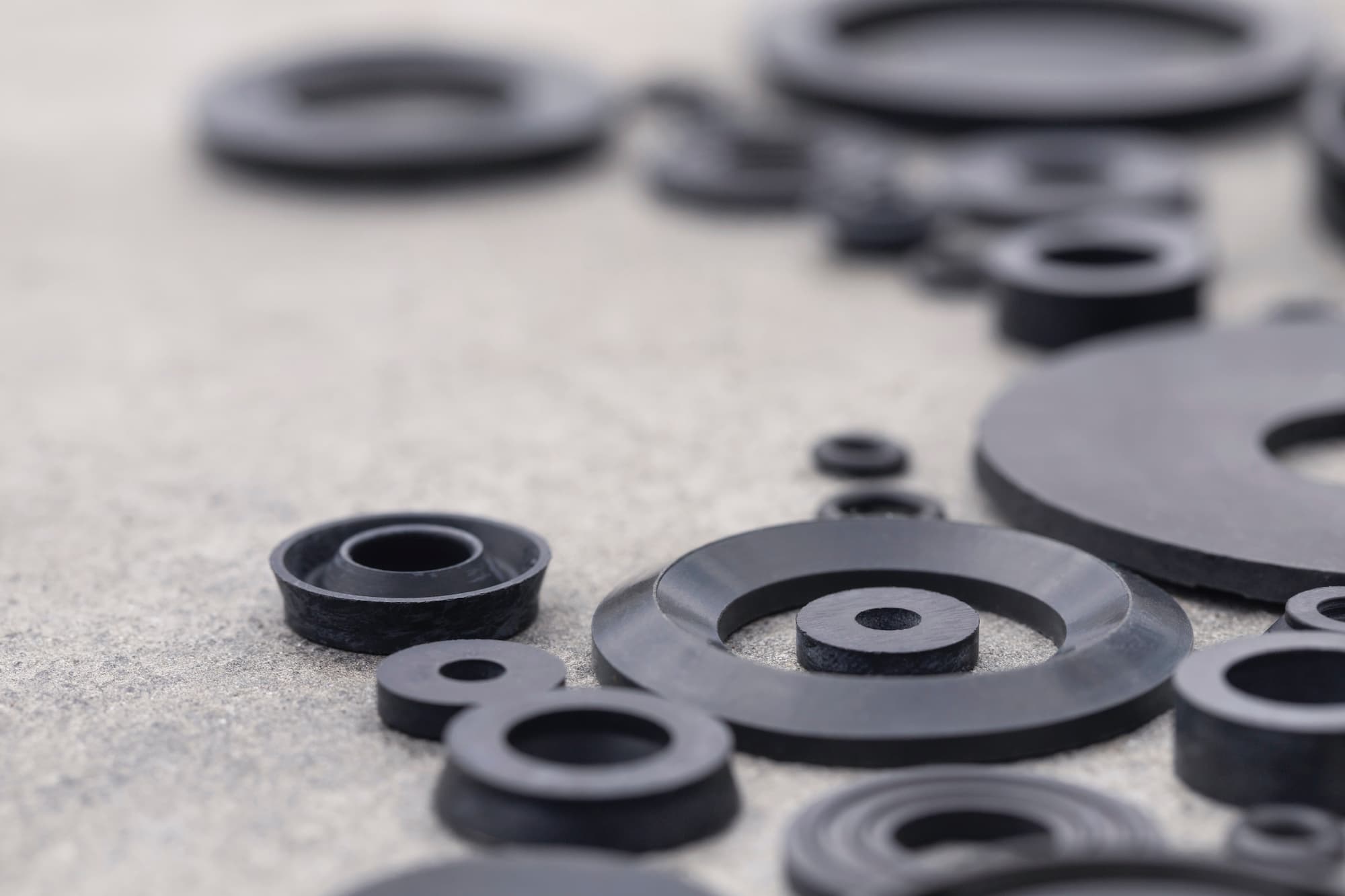Why Flange Isolation Gasket Kits Are Essential for Preventing Pipeline Corrosion Pipeline corrosion seriously threatens…

Prepare Your Work Site for the Coming Hurricane Season Keep Your Crew Out of Harm’s Way When a Hurricane Strikes
The National Oceanic and Atmospheric Administration (NOAA) is predicting a rough season in the Atlantic this year, with at least 9 named storms, of which two to four are expected to turn into major hurricanes from now until November 30.
The hurricane season is a reminder for all in the oil and gas industry, to review their disaster plan and emergency response plans. Sustained winds, debris, shifting shorelines, and massive flooding are always a possibility this time of year, here are a few tips to keep in mind when creating your 2019 Hurricane Plan.
Before the Storm
- Evacuate all non-essential personnel and begin the process of shutting down production days in advance of a tropical storm or hurricane moving toward or near the drilling and production operations.
- As the storm gets closer, evacuate all personnel from the drilling rigs and platforms, and shut down production. Drill ships may relocate to a safe location. Operations in areas not forecast to take a direct hit from the storm often should be shut down as well because storms can change direction with very little notice.
During the Storm
- Many offshore drilling rigs are equipped with GPS locator systems, which allow federal officials and drilling contractors to remotely monitor the rigs’ during and after a hurricane. If a rig is pulled offsite by the storm, locator systems allow crews to find and recover the rig as quickly and as safely as possible.
- Preform regular maintenance check on any technology and equipment that may help you keep track of your work site during the impact of a hurricane or tropical storm.
After the Storm
- Check your land sites for downed power lines and trees before allowing workers to begin work. Clear all debris from walking and working surfaces. Be sure to stress the importance of fall safety protection to workers when rainy or windy conditions exist. It’s also a good idea to remind your crew to slow down a bit and take shorter steps when walking, especially if the surfaces are wet.
- Necessary personal protective equipment (PPE) is important on all construction sites. Hard hats should be worn at all times to protect against falling objects or slips, trips, or falls. Workers should wear waterproof boots with non-slip soles. Muddy conditions are also a possibility so make sure your crew is constantly aware of their surroundings.
- If facilities are undamaged, and ancillary facilities, such as pipelines that carry the oil and natural gas, are undamaged and ready to accept shipments, operators can begin restarting production. Drilling rigs can commence operations.
To learn more about Step-Ko’s commitment to safety, click here.

